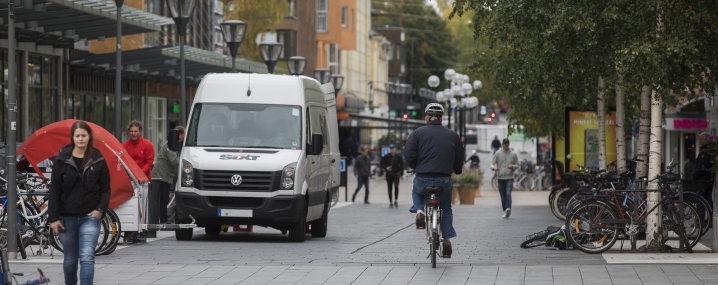Maastricht
While the city can trace its origins to pre-Roman times, it was a position as crossing point of the Meuse on the important Roman road between Cologne and Bavay in France, which really established Maastricht as a garrison town, trading and ultimately manufacturing centre. The Romans built a first bridge across the Meuse in the first century AD and today the city occupies both sides of the river with the historic centre located on the west bank.
In the industrial age production of ceramics, paper and glass dominated the economy of the city and still do to a certain extent. It continues to occupy a position at the heart of an important steel production/processing cluster but during the last decade has become a predominantly science and service centre. Today the most important economic activities are represented by the financial and business services industry, the education/health care sector, tourism and associated trade/hotel and catering industry (conference tourism). Some large companies have important facilities in or near Maastricht, such as Vodafone, DHL, Daimler, DSM (global science-based company active in health and nutrition) and SABIC (manufacture of chemicals, fertilisers and plastics).
The rich and well-preserved historical urban heritage exerts a powerful force of attraction with a total of 1,677 listed monuments and sites, second only to Amsterdam in the Netherlands. This in combination with organisation of cultural events, and popularity as a shopping and recreation pole means that Maastricht welcomes upwards of 1.5 million visitors annually, but in fact estimates show that many visitors come more than once (average 1.9 visits) which brings the real figure to 2.8 million.
In addition the city has developed strongly because of the presence and growth of the research based Maastricht University and the University of Applied Sciences (Hogeschool Zuyd) with a large and expanding international student population.


